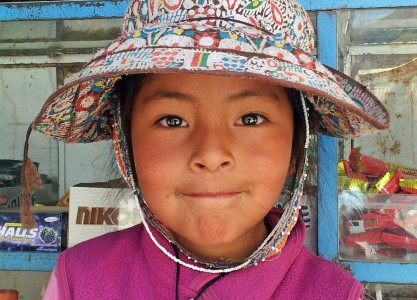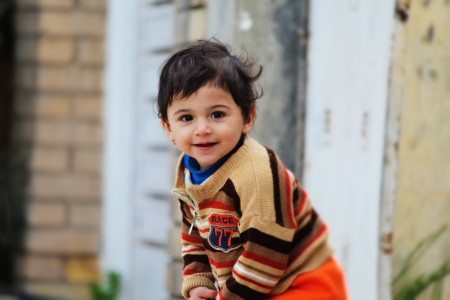About this Collection
What do I want to find out?
What needs do pupils attribute to children in different parts of world, and to what extent do stereotypes about different countries and people affect their choices?
What do I need?
- Five worksheets for each pupil with a photograph of a child and their country of origin marked on the map.
What do I do?
Timing: 20 minutes
- Ask pupils what they need for their own lives, and write their needs on the board. You can give them the list below to choose from or let them choose freely.
| Food | Clean water | Family |
| Clothes | Home | Human rights |
| Toys | Education | Kitchen |
| Holidays | Pocket money | Clean toilets |
| Mobile phone | Computer | Pets |
| Friends to play with | My own bedroom | Medicine and healthcare |
| Exercise | Books | Religion |
- For older pupils, you may want to add further wants and needs, such as
To have your opinions listened to and taken seriously
A room of your own
Fashionable clothes
Freedom and protection from war
Protection from physical and mental abuse
Opportunity to develop your talents
A mobile phone
- Hand out the worksheets depicting different children and their country of origin.
- Ask pupils to write the five most important needs for each child, choosing from the list above.
- Ask pupils to explain or justify their choices.
- Record all discussion or justification of choices.
How do I analyse the results?
- Record the needs chosen for each photograph. If the needs were listed hierarchically you can attribute a different value to each position.
- Divide them by gender, continent or ethnicity of the children in the photographs depending what you are interested in analysing.
For example
| Needs listed | Mongolia | Iceland | Ethiopia | Iraq |
|
|
| Needs listed | Girls | Boys |
|
|
- Note whether pupils attributed significantly different needs to children from different countries g. only basic needs like food and clothing to some and education, health care, games, cultural and sport activities to others.
- Compare the pupils’ choices for their own needs to those of the children in the photographs and note and differences. Are the differences gender, location or ethnicity?
- Examine the justifications the pupils gave for their choices for any indication of stereotyped responses or lack of awareness of the universality of needs. Are pupils aware of inequality in the distribution of resources and the similarities between children’s wants and needs the world over?
How do I measure the change?
- Depending on the time between each audit, you can repeat the activity exactly, or use an alternative set of photos based on the same criteria.
- Look for increased awareness about the range of living conditions and life chances within particular countries.
- Note to what extent pupils understand that basic needs and basic rights are universal.
- Observe what awareness pupils have of how basic needs and rights of children are fulfilled or violated. Do pupils think about homeless children in the Minority World, or children studying in the Majority World for example.
- Note whether there is a change in pupils expressing a commitment to supporting the needs and rights of their peers locally and globally.




